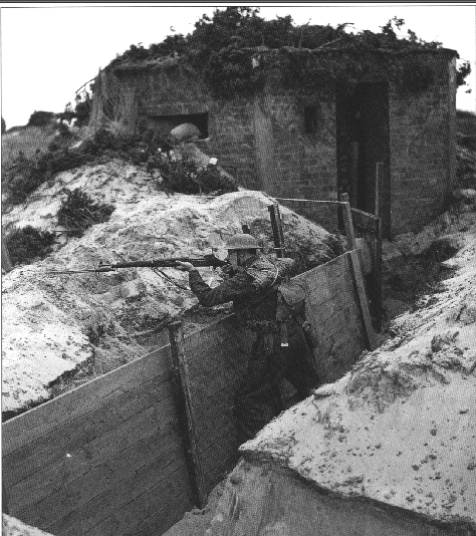
Four teenage boys decide to forego their computer games and help in the restoration of a Second World War pillbox. The teenage friends from Norfolk were loitering around in search of den when they discovered the abandoned structure. It was built to be part of the defences against a possible occupation of the German Forces. They discovered it three years ago and thought of turning it into a den. The boys have been on a project to restore the site.
The boys, namely, Jake Brader, 16, of Sheringham, Connor Savage, 17, and Kieran Etherington, 16, both of North Walsham, and Jared Herring, 16, of Felmingham, explored the place for two days while pulling ivy off the building which have been abandoned for many years in deterioration condition.
While the boys pried and prodded, they discovered wartime graffiti and paintings etched on the walls. And to their horror, they found hand grenades. A bomb squad had to be called in to take care of the explosives. Jake, who is studying A-level history at Paston College in North Walsham, Norfolk, said that the boys had decided to take on the project out of excitement and curiosity. The boys also found names of soldiers along dates as well as their Army numbers which were scribbled on the walls.
Jake through the Army number and date June 20, 1940 written in pencil, deciphered the name of one soldier, Pte R Pearce. He discovered after researching that Roy Leonard Nelson Pearce of Metfield, north Suffolk, served with the 6th Royal Norfolks during the war. Pte Pearce was assigned to join the fight against the Japanese in the Far East. He was killed in the defence of Singapore on January 27, 1942. He was 23 at the time of his death. His name is among the soldiers listed on the Singapore memorial at Kranji. A short distance from the pillbox, the teenagers found another wartime structure. Jake believes that the building is an “elephant hunt”, which was used by the servicemen of the Home Guard to rest between shifts in the defences.
The interior wall has a painting of the word “Eagle”. A blurry painting of an eagle’s head, crossed flags and symbols are also etched alongside the word. Outside the structure is a blast wall. It is a protection of the entrance from grenades and rifle fire being thrown into the hut. It was found crumbled on the floor of the building more than 70 years after the construction of such defences. They also came across and ammunition dump in the surrounding woodland. They found four hand grenades which have not yet been detonated. The military were called in earlier this month to prevent the explosion of the grenades.
Jake said, “It’s strange to find out about someone 70 years ago in the modern era. It drives you on to do even more. I think it’s an under-exposed part of our history. We’ve all enjoyed the work so much that now we want to carry on elsewhere, with other pillboxes.”
